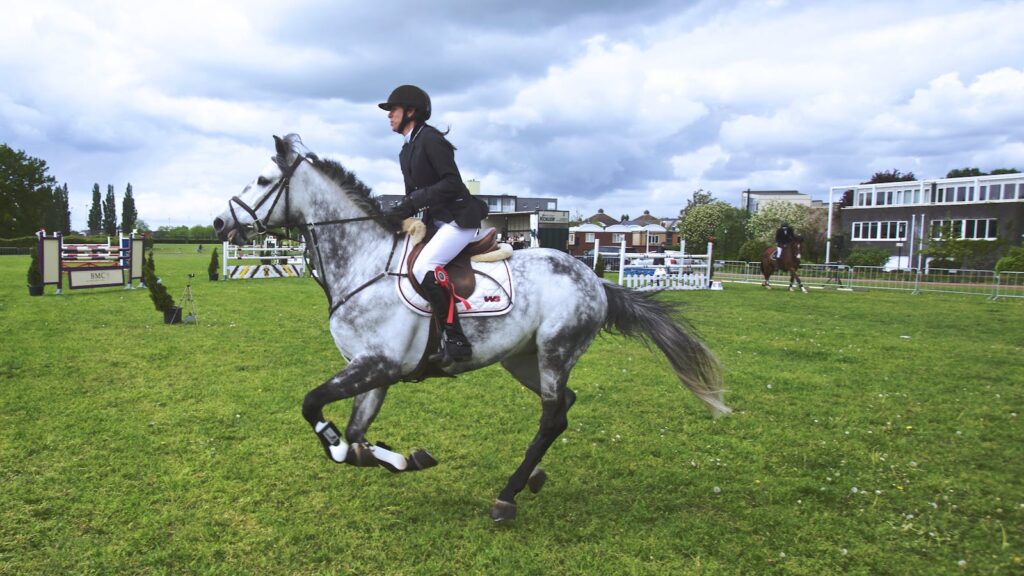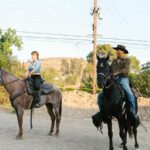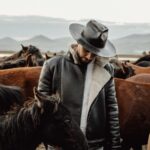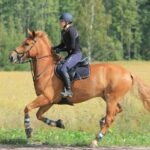Mastering advanced Western riding maneuvers represents the pinnacle of horsemanship, combining years of foundational training with precise communication between rider and horse. These sophisticated movements—from flying lead changes to sliding stops—showcase both athletic prowess and the deep partnership that develops between horse and rider. Whether you’re preparing for competitive western performance events or simply seeking to refine your riding skills, training a horse to perform advanced maneuvers requires patience, consistency, and a methodical approach. This article provides a comprehensive guide to developing these high-level skills, taking you through the essential steps to transform a solid western pleasure horse into a responsive, precise performer capable of executing complex maneuvers with confidence and style.
Understanding the Prerequisites for Advanced Training
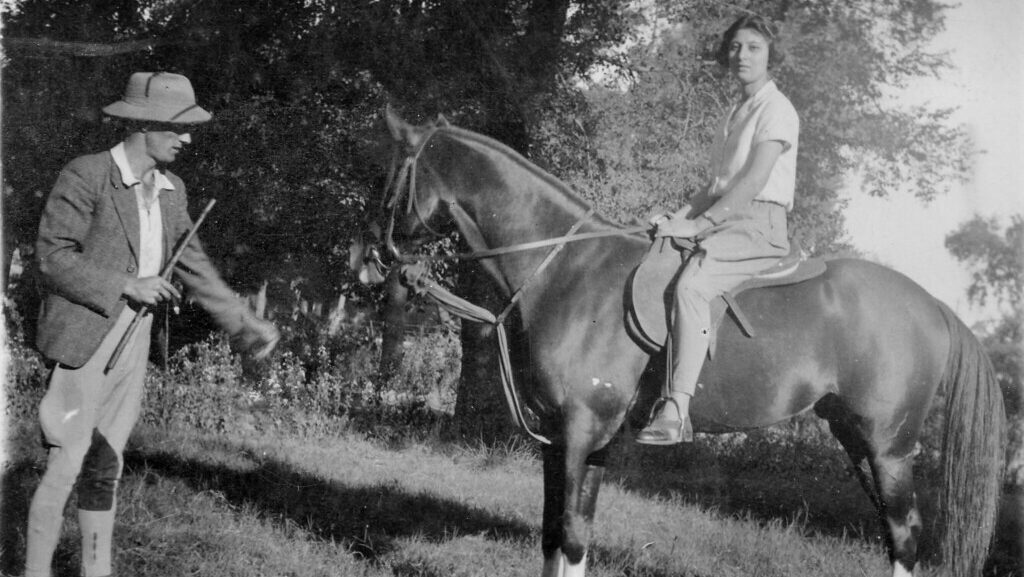
Before attempting any advanced maneuvers, your
horse must have mastered fundamental skills and developed the necessary physical conditioning to prevent injury and ensure success. The horse should respond promptly to basic cues including collection, extension, lateral movement, and stopping on command without resistance. Sufficient muscle development is crucial, particularly in the hindquarters, back, and abdominal regions which power most advanced movements. Additionally, the mental preparation of your horse cannot be overlooked—an anxious or unfocused horse will struggle with complex instructions. Finally, ensure your horse has been properly evaluated by a veterinarian to confirm there are no physical limitations that might be exacerbated by demanding training routines.
Establishing Clear Communication Systems
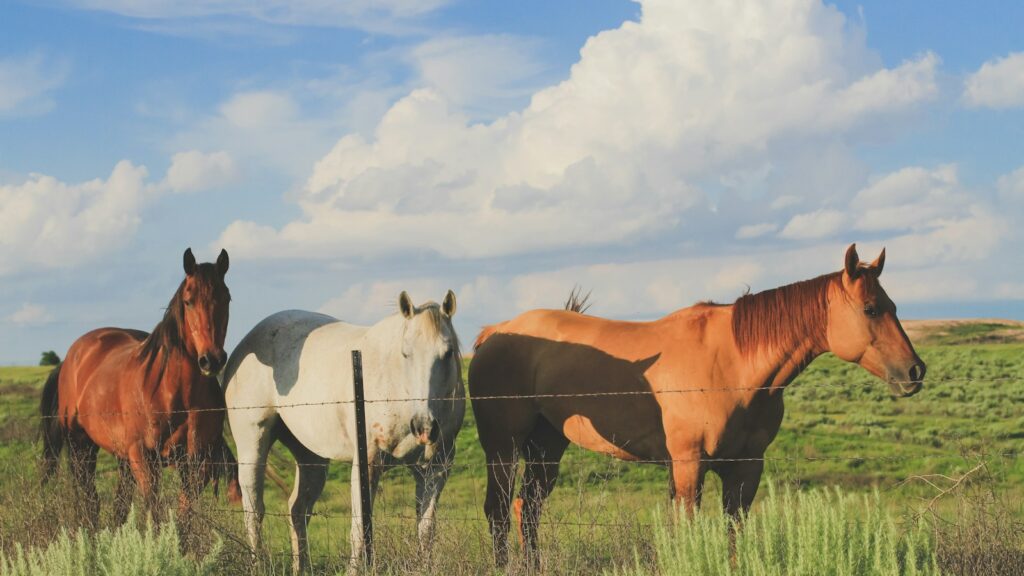
Effective communication forms the cornerstone of all advanced training, requiring subtle cues that your horse can distinguish even in high-pressure situations. Start by refining your leg, seat, and rein aids to ensure they convey clear, consistent messages that don’t contradict each other. Develop a precise “language” where slight shifts in your weight or pressure signal specific actions, allowing for nearly invisible communication during performance. Practice transitions between different cues to ensure your horse can process combined or sequential instructions without confusion. Remember that timing is everything—rewards or corrections must come within seconds of the behavior to create clear associations in your horse’s mind.
Developing Collection and Frame Control

Collection is essential for advanced maneuvers as it shifts the horse’s center of gravity backward, engaging the hindquarters and creating the power needed for explosive movements. Begin with slow work on collection, asking your horse to round their back, engage their core, and step under themselves with their hind legs. Use half-halts to help your horse understand the concept of balancing and redistributing weight while maintaining forward momentum. Practice transitions between collected and extended gaits to strengthen the muscles needed for carrying weight on the hindquarters. As your horse develops physically, gradually increase the duration of collected work, being careful not to create tension or resistance through excessive demands.
Mastering the Flying Lead Change
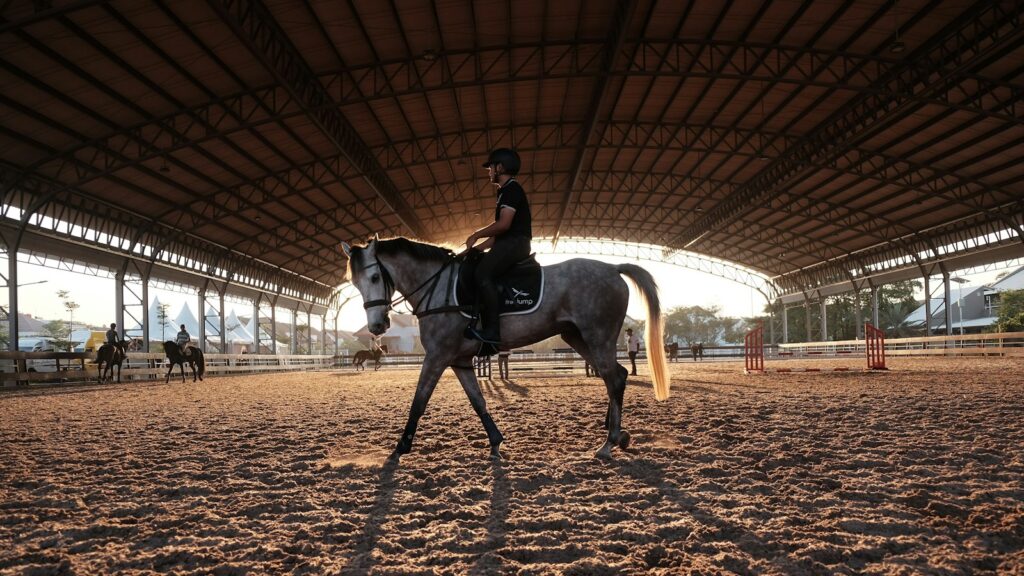
The flying lead change—switching leads in midair during a canter without breaking stride—represents one of the most impressive western riding skills. Begin by ensuring your horse can perform smooth, simple lead changes through a trot transition before attempting flying changes. Position your horse in a straight line and apply the new outside leg slightly behind the girth while shifting your weight subtly to the new inside seat bone. The timing must be precise: apply the cue during the moment of suspension in the canter stride when all four feet are off the ground. Start with single changes with plenty of preparation time, gradually working toward multiple changes in sequence as your horse gains confidence and understanding.
Perfecting the Sliding Stop
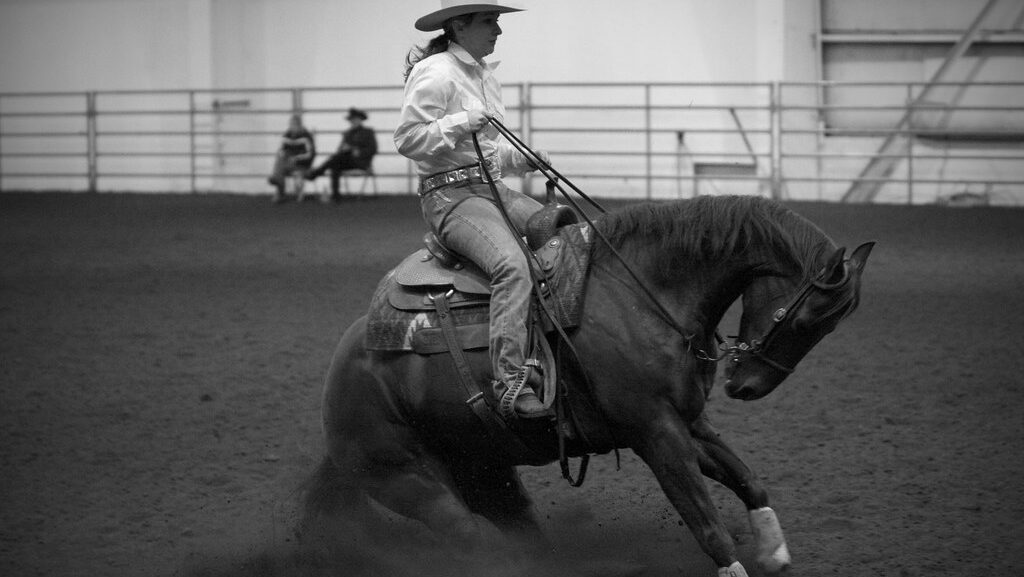
The sliding stop showcases a horse’s hindquarter strength and responsiveness while creating a dramatic performance element. Preparation for this maneuver begins with strengthening exercises and ensuring your horse can perform balanced, squared stops from various gaits. Introduce the concept at low speeds first, teaching your horse to shift weight to the hindquarters while maintaining a level topline and reaching forward with the front legs. The surface is crucial—only practice slides on appropriate footing such as specially prepared arenas with sandy or soft ground to prevent injury. Gradually increase the speed and distance of the slides as your horse gains confidence, always being careful not to overwork joints or create a negative association with the cue.
Teaching Precise Spins

Western spins require the horse to pivot on a planted inside hind foot while crossing the outside front leg over the inside front in a rapid, balanced rotation. Begin with slow-motion work, asking for a single step at a time while maintaining the proper pivot foot position. Use direct rein to guide the direction and indirect rein to support the shoulder position, complemented by appropriate leg pressure. Focus initially on accuracy rather than speed, ensuring your horse understands to keep the pivot foot relatively stationary. As your horse demonstrates correct technique at slow speeds, gradually increase the pace while consistently rewarding smooth, balanced movements. Common problems include losing the pivot point or leaning inward—address these immediately before they become habitual.
Developing Advanced Rollbacks
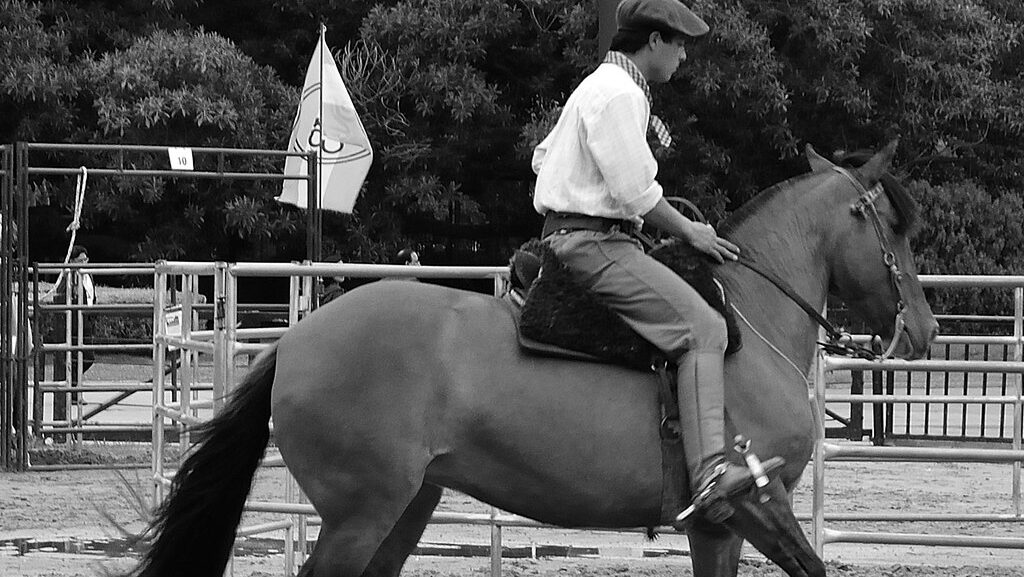
A rollback combines a stop with an immediate 180-degree turn and departure in the opposite direction, showing off your horse’s agility and responsiveness. Begin by teaching each component separately: a balanced stop, a pivot turn, and a prompt departure. The stopping component should involve the horse sitting deeply in their hindquarters without losing forward momentum. For the turn element, guide your horse with direct reins while supporting with your legs to encourage a smooth pivot rather than a jerky motion. The departure should be immediate upon completion of the turn, with the horse pushing powerfully from the hindquarters. Common errors include anticipation (spinning before stopping completely) or sluggish departures—both require returning to component training before recombining the elements.
Reining Lateral Work for Reining Patterns

Advanced lateral movements allow for precise positioning during complex patterns and showcase your horse’s suppleness and responsiveness. Begin with basic side-passing exercises where your horse moves directly sideways while maintaining a straight body alignment. Progress to more complex movements like leg yields, where the horse moves forward and sideways simultaneously, crossing legs over each other with rhythmic precision. Work on counter-arcs, where the horse bends in the opposite direction of travel, developing exceptional body control and flexibility. These lateral skills form the building blocks for advanced pattern work, allowing for smooth transitions between maneuvers and precise positioning during competitive routines.
Introducing Speed Control and Extension

Mastery of the speed variations within each gait creates the dramatic contrasts that make western performance so impressive. Train your horse to extend and collect within each gait using subtle seat and leg cues without relying heavily on rein contact. Practice transitioning from an extremely collected lope to an extended lope and back again within a few strides, maintaining the same cadence and rhythm throughout. Work on “rundowns”—controlled acceleration to prepare for sliding stops—focusing on straight lines and gradual speed increases rather than chaotic rushing. The ability to move from nearly motionless to explosive speed instantaneously, or vice versa, distinguishes truly advanced western horses from merely well-trained ones.
Combining Maneuvers into Seamless Sequences
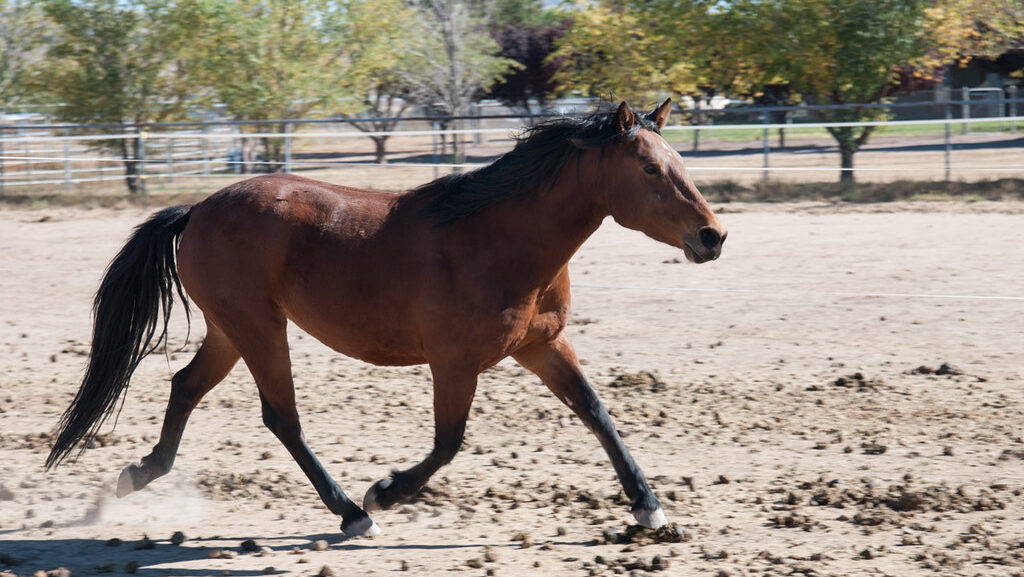
Individual maneuvers must eventually flow together in seamless combinations that showcase both technical precision and artistic impression. Begin by linking two complementary maneuvers, such as a sliding stop followed by a rollback, focusing on the transition between elements rather than the maneuvers themselves. Gradually add more components to create longer sequences, always ensuring your horse remains balanced and responsive between movements. Pay particular attention to your horse’s mental state during combinations—they should appear focused and confident rather than anxious or mechanical. Practice random combinations rather than always following the same pattern, developing a horse that responds to cues rather than anticipating a memorized routine.
Addressing Common Training Challenges

Even well-trained horses encounter obstacles when learning advanced maneuvers, requiring thoughtful problem-solving rather than forceful correction. Anticipation—where horses perform maneuvers before being cued—often indicates training has become too predictable; vary your routines and reward only when cues are properly followed. Resistance may signal physical discomfort, so always rule out pain or fitness issues before assuming behavioral problems. Mental fatigue can manifest as inconsistent performance; recognize when your horse needs a break and incorporate variety into training sessions. For persistent problems, consider returning to simpler versions of the maneuver or consulting with an experienced trainer who specializes in western performance horses.
Conditioning Programs for the Performance Horse
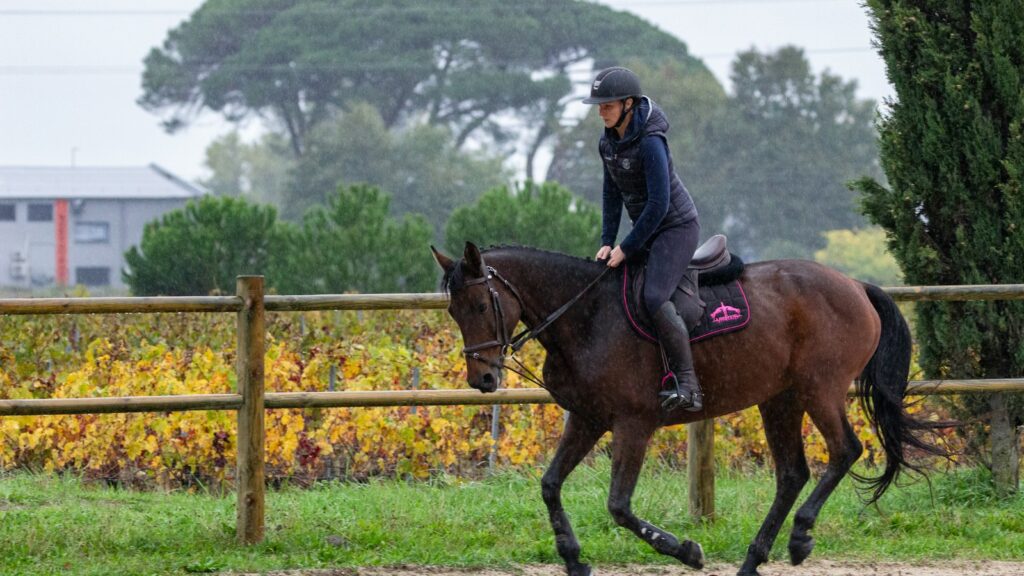
Advanced maneuvers place significant physical demands on horses, requiring specialized conditioning beyond basic fitness. Develop a balanced program that includes cardiovascular work, strength training, and flexibility exercises tailored to your horse’s conformation and the specific demands of your chosen discipline. Hill work builds hindquarter power essential for sliding stops and rollbacks, while arena work figures enhance the balance and coordination needed for spins and lead changes. Cross-training through trail riding or groundwork keeps the horse mentally engaged while developing different muscle groups. Consider working with an equine sports medicine professional to develop appropriate conditioning schedules that prevent overtraining while building the necessary strength and endurance for peak performance.
Preparing for Competition Environments

A horse that performs perfectly at home may struggle in the heightened atmosphere of competition without proper preparation. Simulate competition conditions by arranging practice sessions with unfamiliar horses and riders observing, or music playing to acclimate your horse to distractions. Visit new venues for schooling whenever possible, allowing your horse to become comfortable in different arenas before the pressure of actual competition. Develop a consistent pre-show routine that helps your horse recognize when it’s time to perform while keeping them calm and focused. Remember that competition preparation is as much about mental conditioning as physical—horses that can maintain concentration despite environmental challenges will consistently outperform those with more talent but less psychological preparation.
Ethical Considerations in Advanced Training
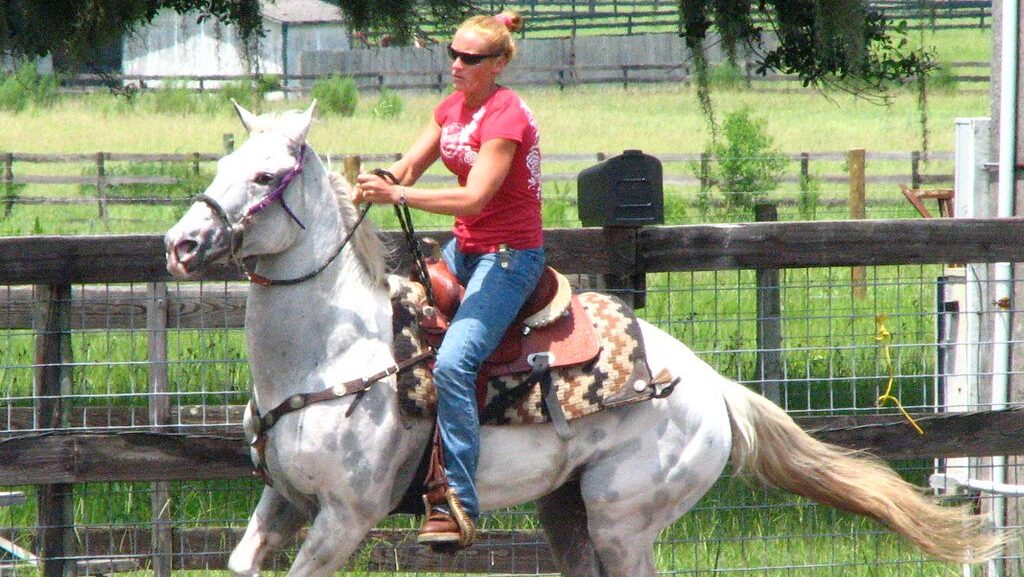
Advanced western riding demands tremendous physical and mental effort from horses, making ethical training practices non-negotiable. Always prioritize your horse’s well-being over performance goals, recognizing signs of physical or mental stress before they escalate to injury or behavioral problems. Understand the difference between productive training challenges and unreasonable demands that might compromise your horse’s welfare or create lasting negative associations. Implement appropriate rest periods both within training sessions and as part of your weekly schedule to allow for physical recovery and mental processing. The most impressive performances come from horses that trust their riders and genuinely engage with their work—outcomes impossible to achieve through shortcuts or harsh methods.
Mastering Advanced Western Riding

The journey to mastering advanced western riding maneuvers represents a significant commitment of time, patience, and consistent effort. Success comes not from rushing through training milestones but from methodically building physical strength, mental understanding, and trusting partnership between horse and rider. The truly accomplished Western performance horse exhibits not only technical precision but also confidence, willingness, and an athletic expression that captivates audiences and judges alike. By following a progressive training approach that respects both the physical and psychological needs of your horse, you create the foundation for spectacular maneuvers that appear effortless—the hallmark of true horsemanship. Remember that the process itself, with all its challenges and breakthroughs, offers rewards that transcend any competition success, deepening the connection between you and your equine partner in ways that extend far beyond the arena.

